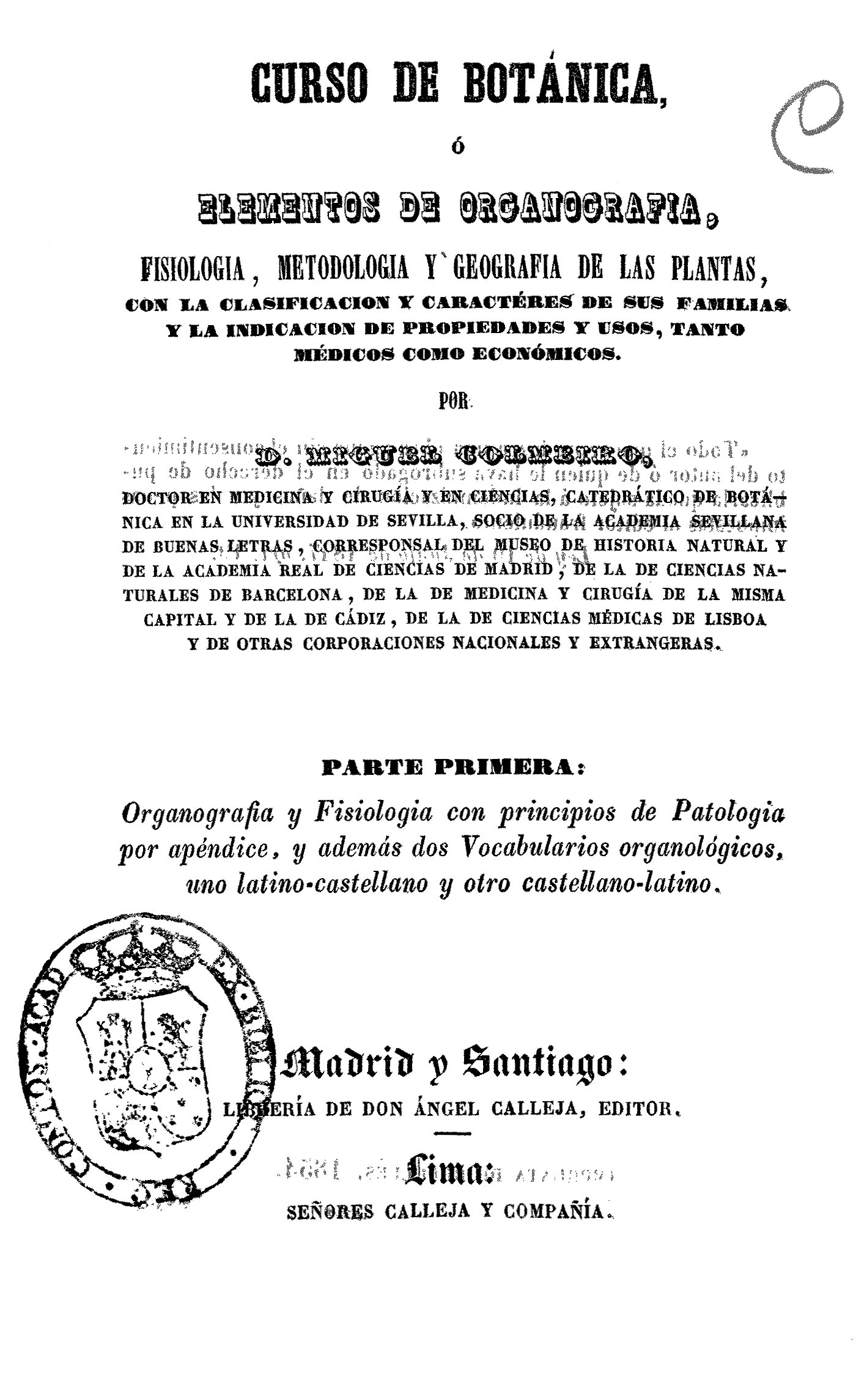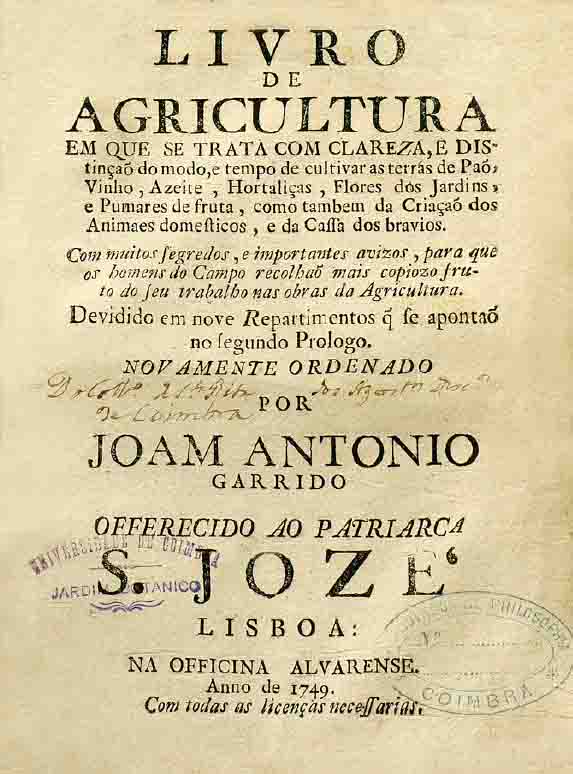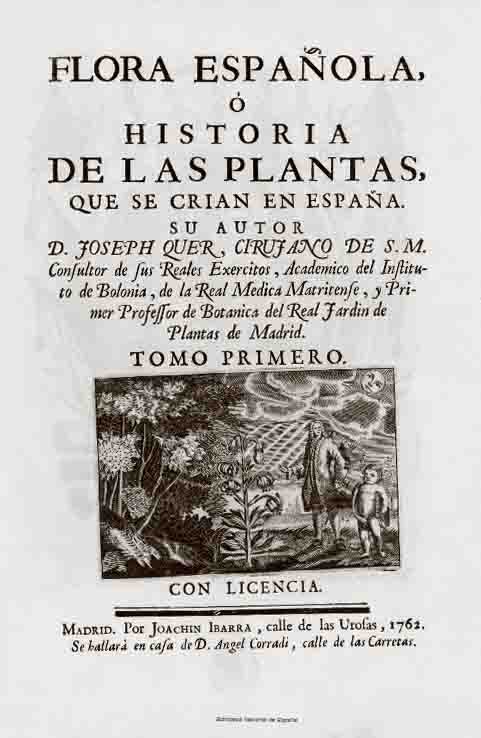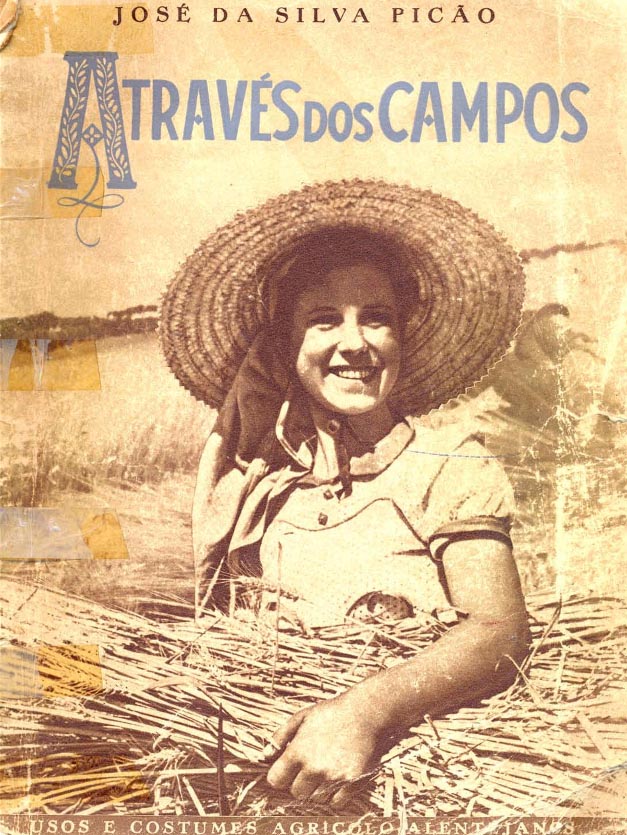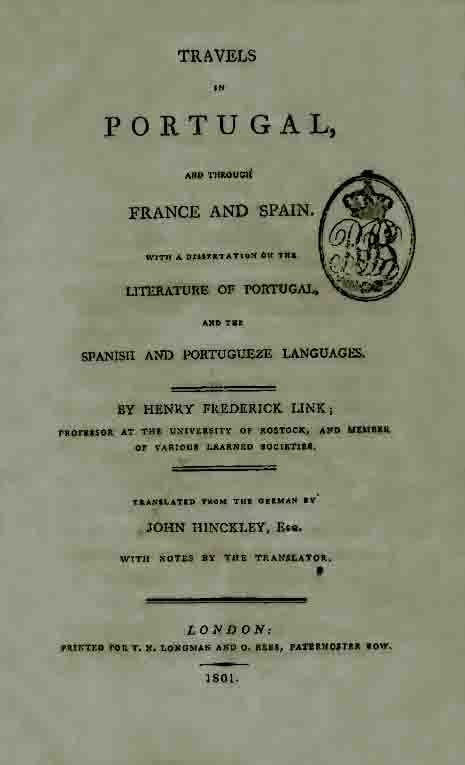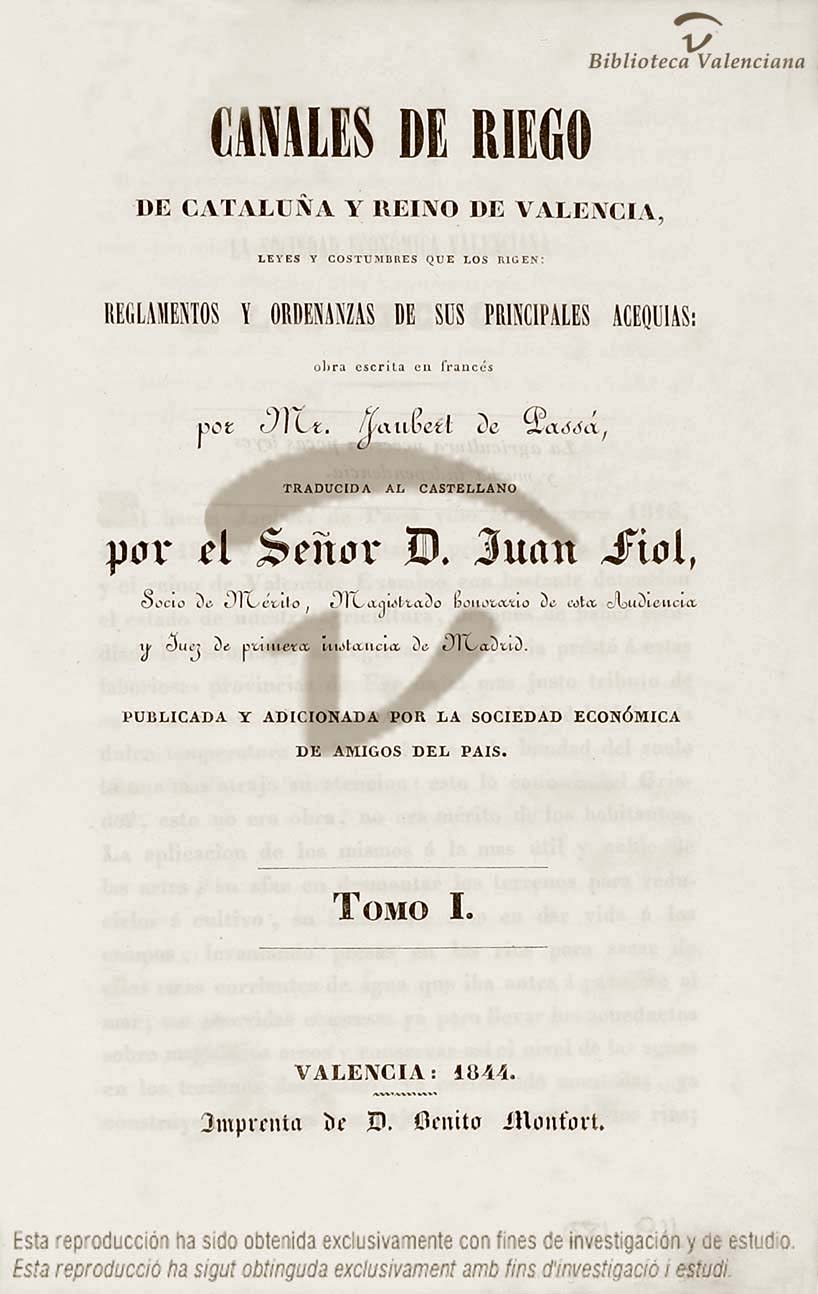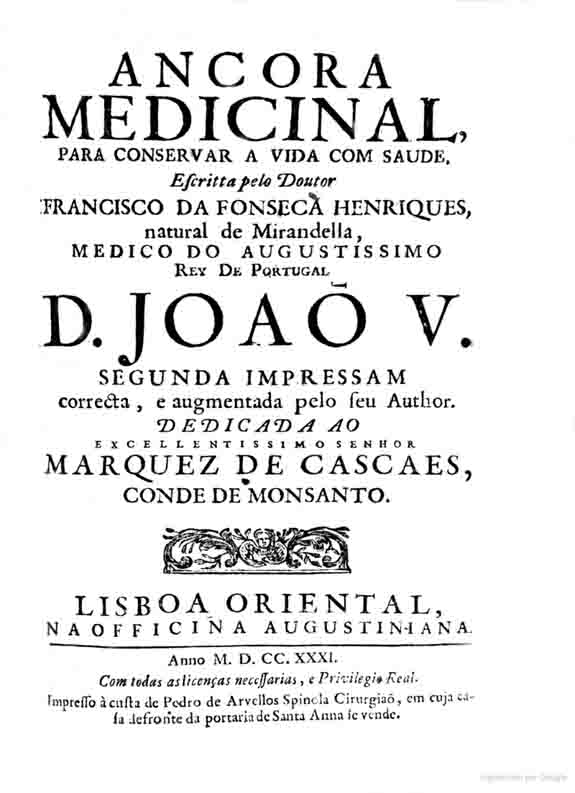Curso de Botánica ó Elementos de organografía, fisiología, metodología y geografía de las plantas, con la clasificación y caracteres de sus familias, y la indicación de propiedades y usos, tanto médicos como económicos
Volumes
Chapters
Pages
Miguel Colmeiro y Penido
Editor: Madrid, Librería de Don Ángel Calleja
Year of edition: 1854-1857
This book is an important Botany treatise that includes the knowledge of a manual itself, with the explanation of the main teachings of the discipline (first volume), but also offers to its readers detailed information about the classification of the different groups of vegetable species (second and third volumes). “Making a picture of the current botanic knowledge” and “facilitate the improvement of students and amateurs that looks into Botany with some interest” are objectives declared by the author on the prologue.
For that reason, this work becomes useful for everyone who wants to initiate into botanic science (it describes the organs, anatomy, structures and life processes of vegetables and their seeds in greater detail) as well as for those who were searching for delve into these issues, following classifications and a series of more complex taxonomies that includes descriptions, usages and geographical data about the main plant families habitats. So, the vocabularies at the end of the first part make easier the understanding of many terms, while several illustrations complete the textual explanations. For better identification, the work ends with an annex in which there are noted the common names of lots of plants mentioned over the book.
A.G.
more sugestions…
Livro de agricultura em...
João António Garrido
Flora española...
José Quer Martínez
Através dos campos...
José da Silva Picão
Travels in Portugal and...
Heinrich Friedrich Link
Canales de riego...
François Jaubert de Passa
Ancora medicinal...
Francisco da Fonseca Henriques

